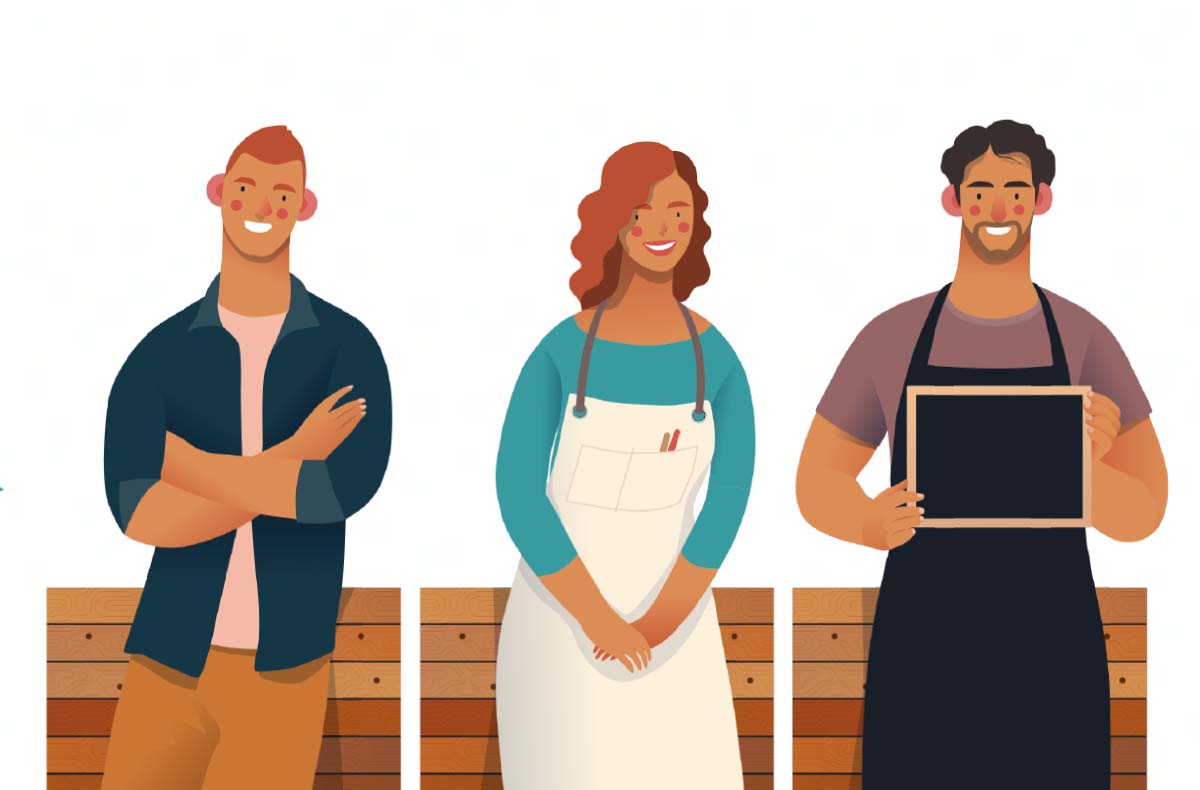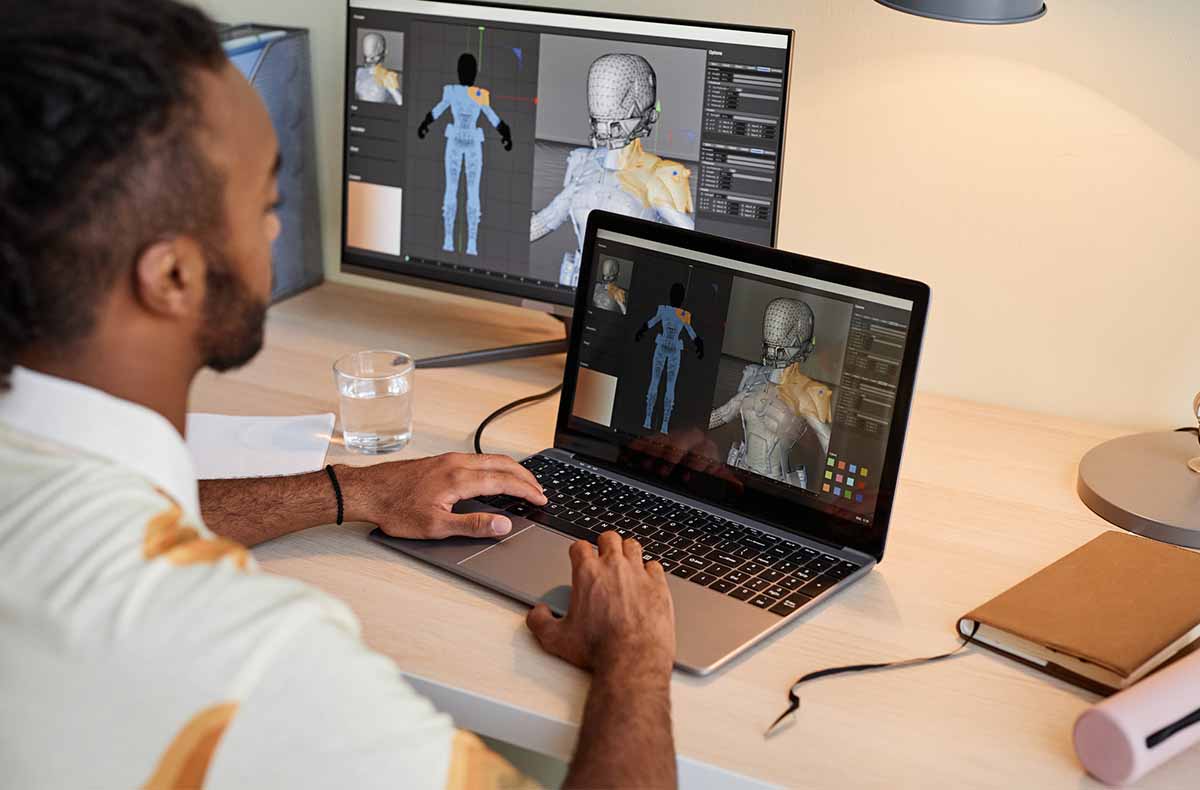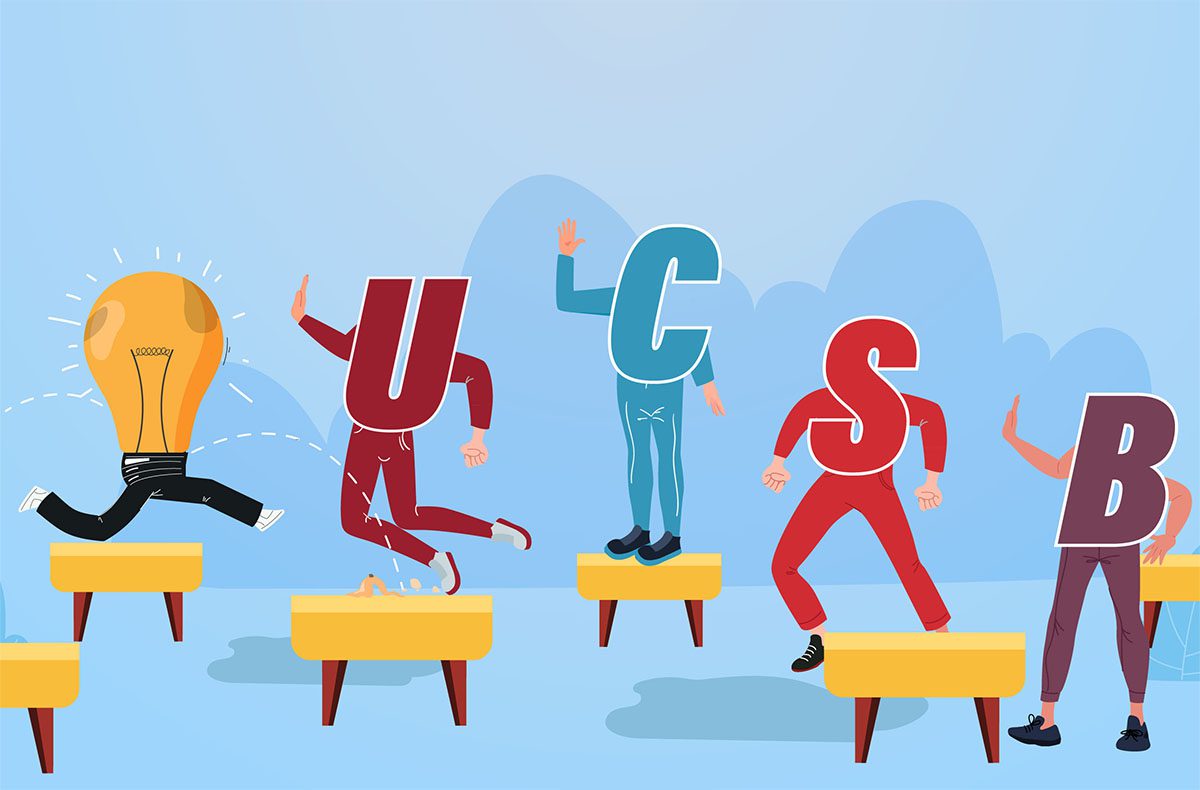
I was picking up several huge signs I had ordered for a workshop starting the next day. First, I checked with the printer to be sure everything was on track. I’d uploaded the graphics to their website the day before and, noting they offer same-day service, opted to pick them up today instead. I got to the front desk and asked about my job; after looking me up on the computer, Carol, the manager, said, “Oh, these have gone to our regional printing center and will be ready in a week. There were so many the computer automatically sent them for printing and mounting. How can I help you?”
“What?!” I thought to myself—but I didn’t say it out loud.
You’re maybe thinking Carol could help by turning around and reading the sign that says “Same Day Service.” Then, she could apologize for the auto-production bot that didn’t update my expectations when it updated the production schedule. But instead, she looked at me and waited for my answer.
“Carol. It looks like you aren’t too busy today,” I say.
“That’s right; it’s kinda slow.”
“Carol, what would it take for you to print and mount the signs for me here instead of at the regional center, so I can still pick them up at 2?”
“Oh. We’d have to cancel the other order, and you’d have to re-upload your files.”
“That’s all?”
“Yes.” She looked over her shoulder at the production bay, then turned back to me and said, “Jonnie will have to work through lunch to finish this by 2 pm.” I paused a minute as the look on her face suggested she didn’t want to confront Jonnie about working through his lunch.
I suggested, “Do you think Jonnie likes Carlito’s carnitas? If so, I’d love to buy him lunch.” And slid a twenty-dollar bill over the counter.
“That’s very nice,” she replied. “I am sure he’d love to have lunch over there.” No, it was not a bribe. It was a tip in advance to ensure prompt service—the very definition of a tip. In this case, it was preemptive.
We agreed I’d be back at 2 to pick up the signs.
So, what just happened? Most of us would have let the pressure of our deliverable overrun our politeness module and berate the manager for something that was out of her control while a solution was within her control. But instead, I chose to find a solution immediately. I’m a producer. My job is to make sure the show goes off without a hitch. The signs are a big part of the teaching portion of the event, and getting them in a week was a non-starter, as was finding another printer who could print, mount and deliver in a few hours. So it became my job to figure it out.
Driving to the next stop of my busy day, I reflected on my short 15-minute interaction with Carol and thought about why it worked out positively. Finally, I determined it was because I treated her as if she was a fellow employee, even for a few minutes, and there’d be no way I would yell at her if we were colleagues; instead, I would work with her to find a solution, which is what I did.
I recalled this story the other day to someone I’d worked with for many years, and he was not surprised I’d treated Carol like that. He began to tell me of times he remembers to this day when I would be confronted with a challenging situation; a deadline was going to be missed, an error in our software had evaded our QA process, or a client who was having a challenging experience with a deadline. But, he said, in his experience, I treated each of those instances as opportunities for collaboration and innovation. I encouraged the person anticipating being yelled at with the chance to dig deep and show creativity in solving the problem. Sometimes they couldn’t see a solution and needed my help, which is when I would use my creativity to metaphorically slide a twenty across the table and ask if they wouldn’t mind working through lunch.
How many of us don’t consider these micro-interactions during the day as little chances to collaborate and innovate towards common temporal goals? For the few minutes I was standing at the counter, I treated Carol as if she was on my Event Production Team, and treated her with respect, and encouraged her to consider how she might help solve our problem. By using techniques I would typically reserve for the workplace, I achieved my goal of getting the signs produced and her goal of optimizing customer satisfaction.
Since that interaction, I have taken a split-second to consider if my next exchange with a service worker is a chance for collaboration.
Here are a few examples of my new thinking:
I now consider all servers as part of my Hospitality Team. When ordering a meal, I will take a few extra minutes to ask questions about the kitchen, what’s the chef excited about today, what might not be on the menu that might be interesting to try, and what she was looking forward to during her shift. Even though she’s only on the team for a few minutes, she’s a valued member of a temporal team that only exists until I walk out the door.
Today, I put up some window film to block the sun, and when the installer arrived, I welcomed him into our home as if he worked in our Maintenance department and was fulfilling an employee request to block some of the sunlight in the office. I spent a few minutes with him before he started work, engaging him in a collaborative conversation about the window. These few minutes let us explore ideas I’d not considered, which turned into more business for him—I decided to do a few other windows. As a result, I solved my light problem better than I had initially planned.
I’d ask you to think about the next service provider you encounter. Are they a potential temporal team member for you? How could you use the interaction to hone your collaboration skills? What surprise innovation awaits you? You might be surprised what you find: a three-minute collab might inject vibrancy into what you typically zoom past.



